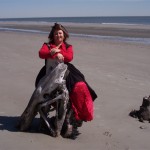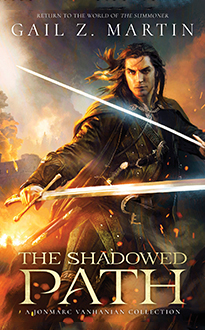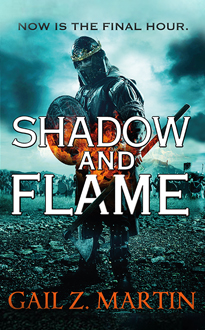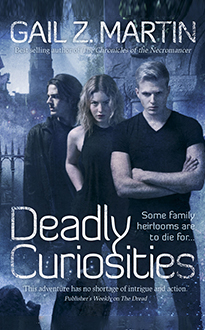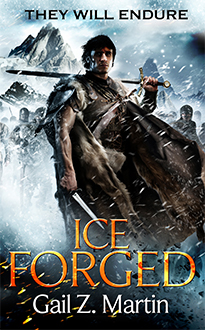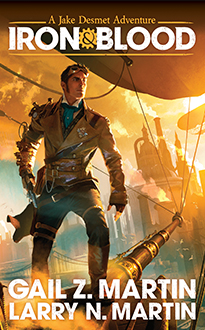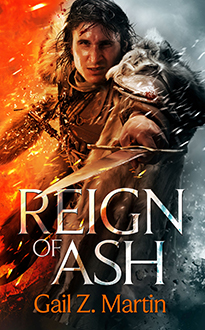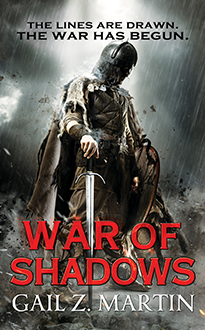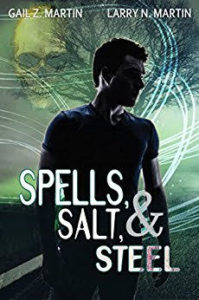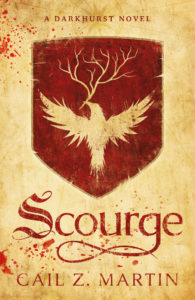by Gail Z. Martin
My first book, The Summoner, was also the launch title for a brand new fiction imprint, Solaris Books, a UK-based publisher that was a subsidiary of Warhammer giant Games Workshop. No one had heard of Solaris Books, or me, but we launched into the wild blue together.
Since I live in the States and the Solaris folks were in England, I knew we were going to face some marketing challenges. The books were going to have worldwide distribution, and I wanted us to also have worldwide visibility. Did I mention that the official marketing budget was pretty well non-existent?
That’s when I discovered Important Thing #1 about book marketing: Even when you’ve got a traditional publisher, most of the marketing mojo comes from the author.
Fortunately, my MBA and more than 20 years of business experience was in marketing, and I vowed to put everything I knew behind the book, because it was my lifelong dream. That meant sinking my advance money into marketing expenses. It paid for a web site, bookmarks, travel costs to genre conventions, posters and banners, and postage for review copies. I compiled lists of reviewers and bloggers, spent countless hours emailing and mailing, and gradually pulled it all together.
Back in 2007, social media was still pretty new, but it was free and it was global, so that was good enough for me. I got out onto MySpace (and then Facebook, Twitter, YouTube and all the rest as they emerged) and found that the real key to letting the world know about a new book was making relationships one reader at a time. Social media was perfect for building reader relationships.
It worked. We sold 50,000 copies of The Summoner in short order and went back to reprint. The Blood King came out, and did equally well. I ventured into podcasting, blogging, and more social media. Books kept selling.
And a curious thing happened. Other authors—even publishers—started to ask what I was doing, because it was working. And I was invited to write a new non-fiction series about social media, beginning with 30 Days to Social Media Success, and a new series on book marketing, beginning with The Thrifty Author’s Guide to Launching Your Book Without Losing Your Mind.
The marketing plan I create for my books and the time and energy I spend promoting them was a factor in my being picked up by Orbit Books for the most recent four books. That marketing plan continues to play a big role in my new Ascendant Kingdoms Saga, with the launch of Ice Forged in January 2013. I work very closely with the folks at Orbit to make sure we’re all working hand-in-glove to get the word out. To date, it’s helped me sell about 400,000 books worldwide, and I’m hoping it will help me sell even more in the future.
So what did I learn the hard way? (Besides everything?) Here are my top take-aways:
1. A good book is no good if no one ever hears about it. The hard work is just beginning once the book is written.
2. Today’s writers can’t afford to be hermits if they want to be successful (i.e. sell enough books to be invited back to write new ones). You’ve got to get out and make friends with as many readers as you can.
3. Social media enables you to create personal connections with readers all over the world. But you have to be interesting, personal and consistent.
4. Writers don’t have the luxury of being tech phobic about online marketing any more than they can be tech phobic about using a computer to write their books. If you’re smart enough to write a book, you can figure out Facebook.
5. Relax and enjoy the marketing—it’s really about making yourself available to meet people who love books. Readers love to learn about a good book. Marketing feels more authentic—and is a lot more fun and less work—when you approach it as one reader sharing a book suggestion with other readers.
If you enjoy writing—and I’m assuming you do, if you want to write books—then take the plunge and realize that marketing your book is just another form of writing. And if you love your book (and I hope you do, since you’ve just spent a year or so birthing it), then talking about something you love should come easily and naturally.
There are readers in this world who need your book! Get out there and let them know the book they’ve been waiting for is now available!
Gail Z. Martin’s newest book, Ice Forged: Book One in the Ascendant Kingdoms Saga (Orbit Books), launched in January 2013. Gail is also the author of the Chronicles of the Necromancer series (Solaris Books) and The Fallen Kings Cycle (Orbit Books). For more about Gail’s books and short stories, visit www.AscendantKingdoms.com. Be sure to “like” Gail’s Winter Kingdoms Facebook page, follow her on Twitter @GailZMartin, and join her for frequent discussions on Goodreads.
Gail is also the author of six marketing books: 30 Days to Social Media Success, 30 Days to Online PR and Marketing Success, and 30 Days to Virtual Productivity Success (the 30 Days Results Guide series) along with Launching Your Book Without Losing Your Mind, Selling and Promoting Your Book Online and Social Media and Virtual Apps for Authors (The Thrifty Author’s Guide series). You can find Gail’s books in bookstores and online worldwide.
Read an excerpt from Ice Forged here: https://a.pgtb.me/JvGzTt



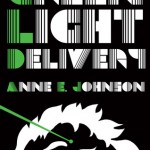
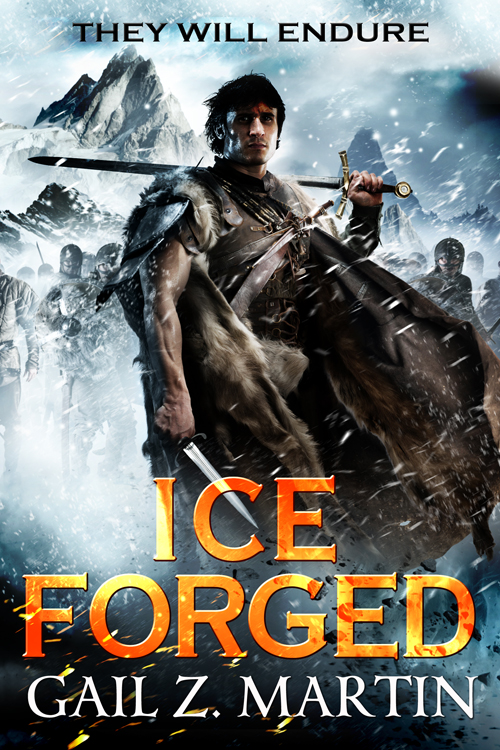 Last week Rowena Cory Daniells (
Last week Rowena Cory Daniells (
